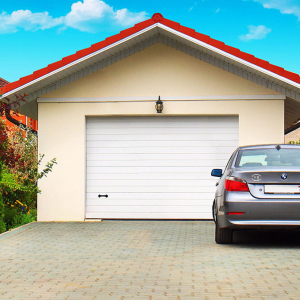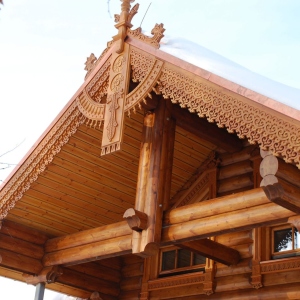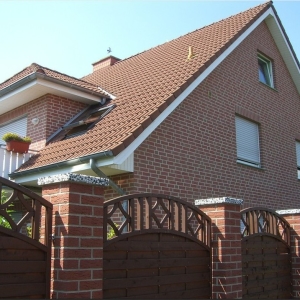Soft roofs are designed to protect buildings from adverse weather conditions. But unlike other types of coatings, they differ in low cost and the possibility of working with any complex surfaces. These roofs are divided into three main types: rolled, piece and membrane. All of them are durable and do not rot, because Fiberglass or polyester serve as the basis. Depending on the roof design and conditions of its operation, a certain type of material is selected for each specific case. From our article you will learn about the features of the installation of all types of soft roofs mentioned above.
Membrane roofs appeared in our country not so long ago. The material for them is used on coatings with a small slope. Its thickness is 0.8-2 mm, and the weight of 1 m2 is 1.3 kg. In roll up to 60 pm The membranes with a width of her cloth 0.9-15 m. The device of such a roof can be done without dismantling the old isolation in absolutely any base. When buying a material in its kit, fasteners are included, adhesives, clamps, overflows, funnels and finished corners. For connecting the membrane roofs, three methods are used:- The most effective of them is welding seams with hot air. For this, a special machine is used, which automatically maintains the necessary pressure and air temperature, as well as its vehicle movement speed.
- Simple and quickly, the panels can be connected using adhesive bilateral tapes. But their strength is lower than similar indicators of the main material. Therefore, over time, the main defects will appear on the joints.
- The ballast installation of the membrane roof is the most optimal solution for flat coatings. This method provides for the fastening of the material around the perimeter, as well as in its adjunctness in vertical surfaces.
- Preparation of the base, including complete removal or repair of the old coating.
- If there is a cement screed under the installation of the roof, the primer is used, which ensures the adhesion of the foundation and the focused material.
- After drying the soil, the laying on the roof of the roll material is made with the help of a gas burner. At the same time, the base of the roof and the lower layer of the EuroBeroid or the other material of the material is heated.
- The nesting of the material from the sides is taken by 8-10 cm, and from the end side - 15 cm. At the end of the work, a repeated control of the roof seams is performed.

- From OSB, moisture-proof plywood or edged board is preparing the base to which the roofing material will be attached to nails.
- Then the lining material (rubberoid, etc.) is placed on the base, which begin with roofing nose and overlap the top layer on 10 cm. The edges of the sheets are fastened with roofing nails, and the joints glued with bitumen.
- Over the side and lower edges of the roof, frontal and cornice profiles are installed. They protect the edges of the roof from water. The mount is made through the bar of nails.
- Then, on top of profiles and lining material, a cornice tile and a carpet on the endowes are stacked.
- Laying of the ordinary tiles is made from the bottom of the roof along the central line of the slope. Each product is nailed to the base with the location of the fastener by 30 mm above the edge of the groove.
That's all. Now you are familiar with the device of all kinds of soft roofs. It remains only to choose the appropriate material and proceed to work. Good luck in labor!




































